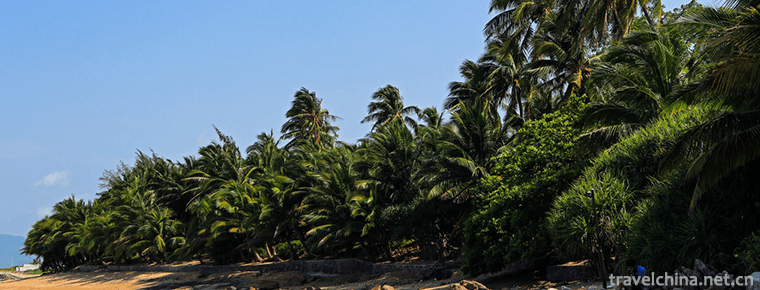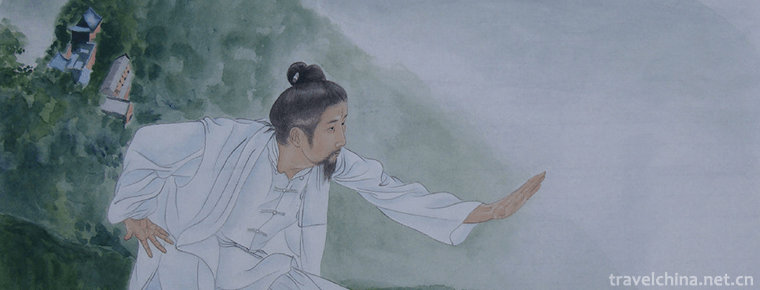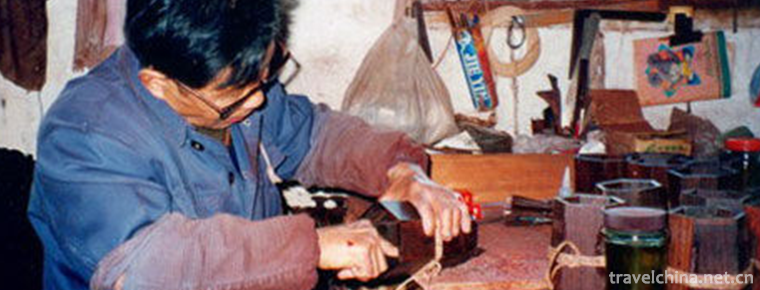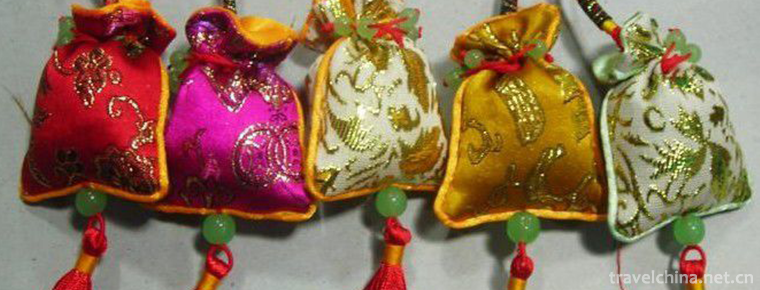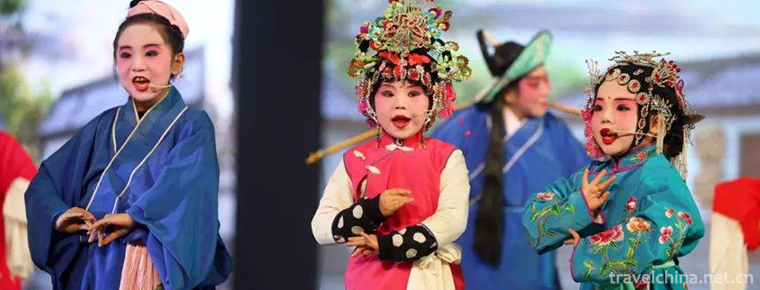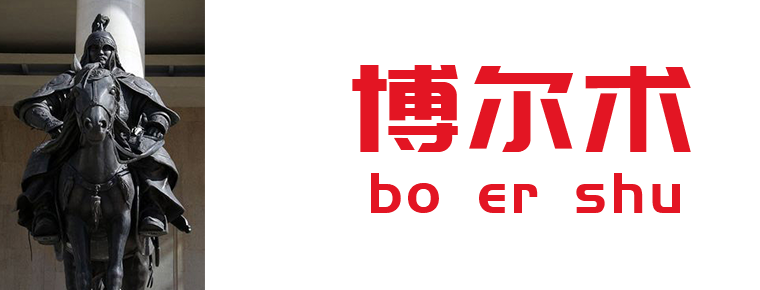Quyang stone carving
Quyang stone carving
Quyang Stone Carving, a folk traditional art in Quyang County, Hebei Province, is one of the national intangible cultural heritage.
Quyang stone carving is an important part of folk art in Quyang County, Hebei Province. Since the Western Han Dynasty, Quyang stone workers have used marble to carve steles and other objects. Quyang stone carving materials include marble, jade to wood, ivory, bronze, stainless steel, etc. Its carving skills include round carving, carving, carving, relief and other types of sculpture, techniques are not enough. Quyang stone sculpture has a wide range of themes, including modern figure sculpture, garden sculpture and family decoration.
On May 20, 2006, Quyang Stone Carving was approved by the State Council of the People's Republic of China to be included in the first batch of national intangible cultural heritage list with the heritage number_-34.
historical origin
According to textual research, the Han Baiyu figurines unearthed from Liu Sheng Tomb in Mancheng are carved from Quyang Huangshan Han Baiyu, which is the oldest Quyang stone carving ever found. The dog pagoda of Taibei Village, King Quyang, is said to have been built by Liu Xiu, Emperor Guangwu of the Eastern Han Dynasty, for a volunteer dog. The dog pagoda is 13 stories, about 50 meters high. It is made of white jade and bricks in Huangshan. The relief frescoes carved on the stone walls of the first to fourth floors in the tower are well-designed, well-laid out and highly artistic, representing the artistic level of Quyang stone carving artists at that time. Quyang "Dog Pagoda" is one of the earliest monumental large-scale stone carving buildings in China. It is also a building with high achievement of stone carving art in the Eastern Han Dynasty.
During the Wei, Jin, Southern and Northern Dynasties, Buddhism prevailed, temples were built and caves were excavated in all parts of the country. Quyang stone carvings developed rapidly with unprecedented scale and grandeur. During this period, Quyang stone carvings artists'footprints spread all over the country. They gave full play to their carving skills and carved many Buddhist statues.
In Tang Dynasty, politics, economy and culture flourished unprecedentedly. Quyang stone carving entered a period of rapid development. Quyang became the sculpture center of northern China.
In Yuan Dynasty, Quyang sculpture reached its peak in history. Quyang stone sculptors with excellent skills played an important role in the construction of Yuandu.
During the Ming and Qing Dynasties, in the construction of Royal palaces, mausoleums and gardens, Quyang stone carvers gave full play to their exquisite carving skills, almost reaching the peak. The inscription of "Quyang Master" on two revetment stones on the North Bank of Suzhou Street in the Summer Palace has become a precious historical material for Quyang Master to participate in the construction of Beijing Garden.
After the outbreak of the War of Resistance Against Japan, the sculpture factories and workshops stopped production and shut down, artists changed their professions, or made a living in other places. The sculpture industry was in a depressing or even stagnant state.
After the founding of New China, Quyang sculpture embarked on the road of revival. In October 1952, more than a dozen sculptors from Quyang were selected and transferred to Beijing. After more than a year's training, they were responsible for the main sculpture task of Monument relief. After the completion of the monument, the Beijing Municipal Government, following the instructions of Premier Zhou, established the Beijing Architectural Art Sculpture Factory with Quyang sculptors who participated in the construction of the monument as the backbone force, which provided a broader space for Quyang sculptors.
In 1958, Quyang sculptors were transferred to Beijing to participate in the construction of the Great Hall of the People, the Museum of the Chinese Revolution and History, and the Museum of the Chinese People's Revolutionary Military.
Since the Third Plenary Session of the Eleventh Central Committee of the Communist Party of China, the ancient Quyang sculpture has shown new vitality and vitality.
In February 2011, Quyang Sculpture Cultural Industry Park was named as the national cultural industry experimental park by the Ministry of Culture and Tourism of the People's Republic of China.
Cultural characteristics
Modeling characteristics
Quyang stone carvings emphasize the depiction of the inner world of the characters and the echoes between the characters, the characters and the animals in shaping the gender-ambiguous images of Buddhas. Quyang Stone Carving pays attention to the charm of the sculpture, that is, it is not only similar in shape, but also removes the tedious details, grasps the human spirit and the main purpose of the structure, and uses subtraction in order to achieve the dynamic structure of the shape to vivid requirements. Quyang stone carving works have various shapes and shapes. Because of the original means of stone mining, it is impossible to control the thickness, thin, square and round of stone volume. Quyang stone carving artists conformal shape, according to these special-shaped stone, develop rich imagination, carve out a variety of stone carvings.
Line characteristics
Quyang stone carving lines flowing, the development of Yin-engraving, Yang-engraving, Yin-engraving combined with Yang-engraving and other line engraving techniques, line expression has been fully played here. Lines play an important role in the sculpture of Quyang. In the space inspiration which is not rigid in the form and appearance caused by the action of lines, there is a kind of aesthetic sense which is quite different from the real space sense of Western block sculpture.
Characteristic of sculpture
In Quyang Stone Carving, the expression methods of round carving, relief and line carving are often mixed and used in a large stone carving without any restriction. There are often relief and line carving parts in some parts. In Quyang's stone carvings, the head and hands of those figures are round carvings, while most of the body is in the form of high relief attached to the stone wall, while the details of clothing and other details are shown by line carvings. Mosaic, hollow and other methods are sometimes combined.
Inheritance and Protection
Inheritance value
The cultural connotation of Quyang stone carving is profound. It embodies the sculpture soul of an ancient and simple peasant craftsman who used agriculture as the main means of subsistence in the Taihang Mountains. In this Baishi-rich mountain depression, dozens of generations drew nutrients from the northern nationalities and Buddhist cultures through continuous sculpture, integrated them with strong national cultural spirit, and depicted national dignity and religious piety in a silent image with traditional techniques, so as to carve excellent cultural treasures belonging to the world-class. It naturally permeates the experience of Quyang carving craftsmen living there, and has a unique perception of plastic arts. At the same time, it melts religious beliefs and aesthetic taste into each statue. Through the styling spirit highlighted in Quyang stone carving works of various periods, we can see that its clumsiness hides ingenuity, uses small metaphors to describe big ones, and the skill of using stubborn stones to communicate, thus reflecting the profound connotation of Quyang culture, and also deciding the inheritance value of Quyang stone carving.
Heritage figures
Liu Hongli, male, Han nationality, is the representative inheritor of Quyang Stone Carving, the first national intangible cultural heritage project.
Liu Tongbao, male, Han nationality, is the representative inheritor of Quyang stone carving, the first national intangible cultural heritage project.
Yancang Zhen, male, Han nationality, born in Quyang, Hebei Province in 1938. The first batch of national intangible cultural heritage projects Quyang stone carving representative inheritors.
Lu Jinqiao, male, Han nationality, born in 1927, died in 2009, Quyang, Hebei Province. The first batch of national intangible cultural heritage projects Quyang stone carving representative inheritors.
Ann Rongjie, male, Han nationality, born in 1947. The first batch of national intangible cultural heritage projects Quyang stone carving representative inheritors.
protective measures
Since 2005, Quyang County has held sculpture art festivals, sculpture fairs and sculpture expositions for five consecutive years, actively organized enterprises to go out, guided enterprises to Shanghai, Shenzhen and other cities to participate in investment fairs and trade fairs, and expanded the influence of Quyang sculpture.
In 2014, Quyang Hanfeng Sculpture Vocational Training School, with the support of the County Human Resources and Social Security Bureau, launched free training in Quyang Sculpture Art.
On September 20, 2017, with the strong support of the Department of Non-Heritage of the Ministry of Culture and Hebei Academy of Fine Arts, the opening ceremony of the Quyang Stone Carving Training Course of Hebei Academy of Fine Arts in 2017, a training program for the inheritance of intangible cultural heritage of China sponsored by the Ministry of Culture and the Ministry of Education, was officially launched in Hebei Academy of Fine Arts.
social influence
Honorary recognition
During the three years of the Republic of China (1914 AD), Xiyangping artist Liu Puzhi's stone carvings won prizes at the Zhili Exhibition of Panama Pacific World Exposition. Among them, the portrait of beauty won the silver medal, the statue of Buddha and the bronze medal of lion.
In 1981, Lu Jinqiao's sculpture "On the Beast Guanyin" won the first prize in the evaluation of Hebei Province's arts and crafts works.
In 1982, Lu Jinqiao's sculpture "Crouching Beast Guanyin" won the second prize for excellent creative design in the national arts and crafts work "Hundred Flowers Award".
In 1983, Lu Jinqiao's stone sculpture "Three Officials" won the "Hundred Flowers Award" for outstanding works of art and crafts in Chengguo and was sent to Italy for display.
In 1984, Lu Jinqiao's "Crouching Beast Guanyin" and "Three Officials" were designated as national treasures collection and permanent preservation.
In 1986, Wang Shuchang and Liu Tongbao's Han Baiyu carvings "On the Beast Guanyin" and "Sitting Mountain Guanyin" were rated as excellent works by the Ministry of Light Industry. In the same year, Lu Jinqiao's sculptures of "Sitting Beast Guanyin" and "lying Beast Guanyin" won the first "Silver Cup" awarded by the national stone sculpture industry in the Sixth National Arts and crafts "Hundred Flowers Award".
Important activities
From February 14 to March 18, 2014, overseas "Happy Spring Festival" and Quyang Sculpture Exhibition, Tangshan Craft and Ceramics Exhibition and Hebei Folk Craft Exhibition were held in Madrid, Spain. The exhibition exhibited Quyang Stone Sculpture and other works of art to Spanish audiences.
On June 10, 2017, the 3rd Beijing-Tianjin-Hebei Non-material Cultural Heritage Exhibition and the 10th Hebei Folklore Culture Festival were held in Langfang, Hebei Province. Quyang Stone Carvings and other works of art were exhibited at the exhibition.
On April 10, 2018, the Beijing Quyang Cultural Tourism Promotion Exhibition was held at the Beijing Museum of Arts and Crafts. The promotion exhibition exhibited Quyang stone carvings and other works of art.
On May 18, 2018, in order to implement the spirit of the Nineteenth National Congress of the Communist Party of China, carry forward the excellent traditional Chinese culture and cultivate cultural ecology, the Eleventh Hebei Folk Culture Festival opened in Hebei Museum. During the cultural festival, Quyang stone carvings and other works of art were displayed to people.

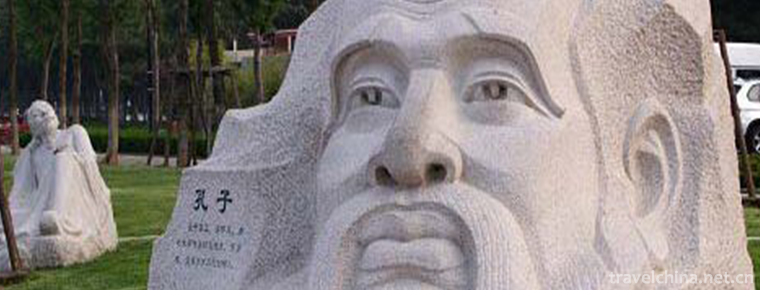
-
Big and Small Size Dongtian Scenic Spot
The Size Dongtian Scenic Area (formerly known as the Haishan Scenic Spot and Aoshan Scenic Spot) is located in the southern corner of Nanshan Province, 40 kilometers west of Sanya City.
Views: 153 Time 2018-12-12 -
Zhao tomb in Qing Dynasty
Zhaoling Tomb of Qing Dynasty, the mausoleum of Taizong Emperor Taiji, the founding monarch of the second generation of Qing Dynasty, is located in the ancient city of Shenyang (Shengjing).
Views: 172 Time 2018-12-26 -
Jinxi ancient town
Jinxi Ancient Town is located in the southwest of Kunshan City, Jiangsu Province. It is 100 kilometers from Shanghai Pudong International Airport and 75 kilometers from Wuxi Airport..
Views: 132 Time 2019-01-29 -
Eight Diagrams Palm
The Eight Diagrams Palm, also known as the Traveling Eight Diagrams Palm and the Eight Diagrams Linked Palm, is a traditional Chinese boxing with the main changes of palm method and walking..
Views: 177 Time 2019-04-02 -
Kazakh Aytes
Kazakh Aytes is a typical representative of Kazakh folk art, a competitive form of performance, is the most abundant content of Kazakh folk oral literature, the most influential literary type among th.
Views: 230 Time 2019-05-02 -
Production Techniques of National Musical Instruments
The production of national musical instruments in Suzhou is one of the local traditional handicraft techniques in Jiangsu Province. With a long history, a wide range of varieties, exquisite skills and.
Views: 445 Time 2019-06-05 -
Sachet
Incense bag is also called odor-tolerant, incense bag, incense bag, incense sauce, Pei Mo. Nowadays people call it purse, toy and dim. It is a folk embroidery handicraft created by ancient Chinese wor.
Views: 187 Time 2019-07-03 -
Xinjiang Opera
Xinjiang Opera, commonly known as "Xinjiang Xiaoqu", is a kind of local opera with unique style, which has been gradually formed and perfected after Shaanxi Opera, Qinghai Pingxian Opera, La.
Views: 80 Time 2019-07-06 -
Beijing Film Academy
Beijing Film Academy is a University of art with film history and profound film culture. Its predecessor is the Institute of Performing Arts founded in 1950. It was relocated in 1951 and renamed as th.
Views: 160 Time 2019-09-06 -
A er la bo er shu
Al r Bo Er (1162 to 1226) , Mongolia Famous general, Genghis Khan "Four Jun" is the leader of the founding fathers. Formerly known as "Er Chu". As a result of helping the young boy.
Views: 153 Time 2019-09-14 -
Liushi Manorial Museum
Dayi Liushi manoral museum is located at No.15, Jingui street, Anren Town, Dayi County, Chengdu City, Sichuan Province. It is one of the important historical sites and representative buildings in modern China..
Views: 186 Time 2020-11-05 -
Science and technology of Panzhihua
In 2018, there were 2865 patent applications in Panzhihua. The output value of high-tech industry reached 53.1 billion yuan, and 2015 science and technology projects were arranged, including 780 high-tech projects, 320 new high-tech projects in that year, and 16 science and technology.
Views: 342 Time 2020-12-14
